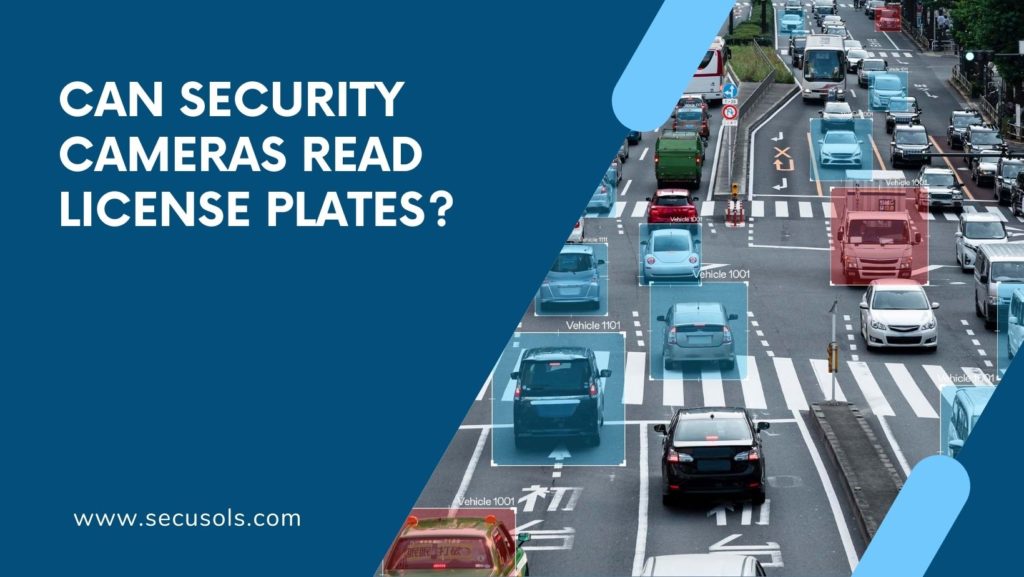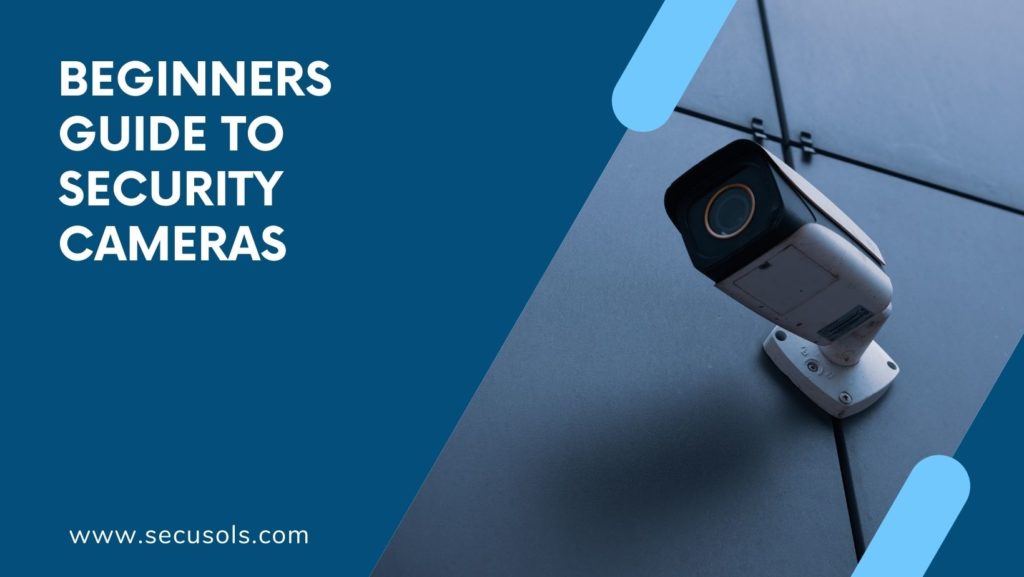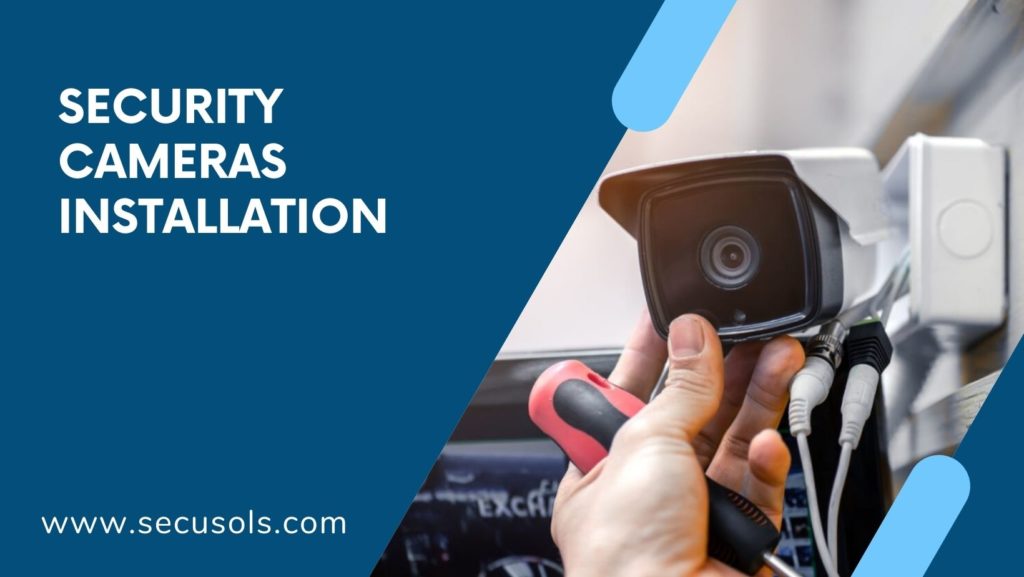Table of Contents
ToggleIntroduction
In today’s world, security cameras are an integral part of our daily lives. From businesses and homes to public places, they silently watch over us, providing a sense of security and peace of mind. The question; ‘Can security cameras read license plates effectively?’ can be answered with a resounding “Yes” thanks to License Plate Recognition (LPR) technology.
LPR systems, consisting of specialized security cameras, advanced software algorithms, and extensive databases, can accurately capture, process, and interpret license plate information. With applications ranging from law enforcement to parking management and toll collection, LPR technology has become an indispensable tool in modern surveillance and security.
In this blog, we’ll delve into the world of LPR technology, exploring its components, processes, and real-world applications. How License Plate Recognition (LPR) Technology Works?
A. Components of LPR Systems
- Cameras: At the heart of LPR technology are specialized security cameras designed for high-resolution image capture. These cameras are engineered to perform exceptionally well under various conditions, ensuring clear and detailed images of license plates.
- Software Algorithms: Cutting-edge software algorithms play a crucial role in LPR systems. These algorithms process the captured images, transforming them into usable data for recognition.
- Databases: LPR systems rely on extensive databases containing information about registered vehicles and their associated license plates. These databases are regularly updated to enhance recognition accuracy.
B. The Process of License Plate Recognition
- Image Capture: It all begins with image capture. LPR cameras snap high-resolution images of passing vehicles, focusing on their license plates.
- Pre-processing: The captured images undergo pre-processing, where various enhancements and corrections are applied. This step aims to improve image quality and reduce noise.
- Character Segmentation: After pre-processing, the software algorithms identify and segment individual characters on the license plate. This step is crucial for accurate recognition.
- Character Recognition: The segmented characters are then recognized and converted into alphanumeric characters by the software. Advanced Optical Character Recognition (OCR) technology plays a pivotal role here.
- Post-processing: To enhance accuracy further, post-processing techniques refine the recognized characters, correcting any errors and ensuring the correct interpretation of the license plate.
C. Examples of Common LPR Applications
License Plate Recognition technology finds application in various fields:
- Law Enforcement: Police departments use LPR systems to identify vehicles of interest, track stolen vehicles, and enforce traffic laws.
- Parking Management: In parking facilities, LPR technology automates entry and exit, streamlining the parking process and improving security.
- Toll Collection: Toll booths employ LPR systems for efficient and seamless toll collection, reducing congestion on highways.
These applications highlight the versatility and practicality of LPR technology in our everyday lives.
Factors Affecting License Plate Recognition Accuracy
A. Security Cameras Quality and Specifications
- Resolution: The resolution of the security cameras matters significantly. High-resolution security cameras capture finer details, making it easier to recognize characters on license plates.
- Frame Rate: A high frame rate ensures smoother video, crucial for capturing fast-moving vehicles without motion blur.
- Lens Quality: The lens quality affects image clarity. Premium lenses reduce distortion and aberrations, improving the overall image quality.
B. Environmental Factors
- Lighting Conditions: Adequate lighting is essential for LPR accuracy. Both excessive brightness and low-light conditions can hinder recognition. Cameras with low-light capabilities or infrared (IR) illumination can overcome this challenge.
- Weather: Adverse weather conditions like rain, snow, or fog can obstruct the camera’s view and reduce image quality. Weather-resistant cameras or protective enclosures can mitigate these issues.
- Obstructions: Physical obstructions like trees, signs, or other vehicles can obscure the license plate. Proper camera placement and angle optimization can minimize these challenges.
C. Vehicle-Related Factors
- Speed: Faster-moving vehicles can be challenging for LPR systems. Higher speed reduces the time available for image capture and processing. Cameras with faster shutter speeds are essential for accurate readings.
- Angle of Approach: Vehicles approaching at extreme angles may present distorted license plate images. Cameras with wider viewing angles or PTZ capabilities can help capture plates from various orientations.
- License Plate Condition: The condition of the license plate itself matters. Damaged or obscured plates are more challenging to recognize. Advanced OCR algorithms can improve accuracy in such cases.
D. Software and Algorithm Sophistication
- Deep Learning and Artificial Intelligence: LPR systems with deep learning and AI capabilities can adapt and improve over time. They can handle variations in plate styles, fonts, and conditions better than traditional systems.
- Database Quality and Size: The quality and size of the database used for recognition are critical. A comprehensive database with up-to-date information improves recognition accuracy.
The Role of Security Camera Types in License Plate Recognition
A. Overview of Different Types of Security Cameras
- Fixed Security Cameras: Fixed cameras offer stable and constant surveillance of specific areas. They are ideal for applications where vehicles follow predictable paths, such as parking lots.
- PTZ (Pan-Tilt-Zoom) Security Cameras: PTZ cameras provide flexibility by allowing operators to adjust the camera’s view remotely. They are excellent for monitoring large areas and following vehicles as they move.
- ANPR (Automatic Number Plate Recognition) Security Cameras: ANPR cameras are specifically designed for license plate recognition. They often feature built-in LPR software and specialized lenses for optimal plate capture.
B. Suitability of Each Camera Type for LPR
- Fixed Security Cameras: Best suited for stationary or low-speed vehicle monitoring due to their limited field of view and fixed angles.
- PTZ Security Cameras: Ideal for scenarios where dynamic tracking of vehicles is necessary, such as traffic monitoring on highways.
- ANPR Security Cameras: Tailored for LPR applications, providing specialized features for optimized license plate recognition.
C. Advantages and Disadvantages of Various Camera Types
- Fixed Security Cameras: Advantages include reliability and affordability, while disadvantages include limited coverage and inability to track fast-moving vehicles effectively.
- PTZ Security Cameras: Advantages include flexibility and wide coverage, but disadvantages include higher costs and complexity.
- ANPR Security Cameras: Advantages include specialized design for LPR and higher accuracy, but they can be more expensive than other options.
Challenges and Limitations of License Plate Recognition
A. Privacy Concerns
Privacy concerns are paramount in the realm of LPR technology. The mass collection and storage of license plate data raise questions about individual privacy rights. Striking a balance between public safety and privacy remains a challenge.
B. Ethical Considerations
Ethical dilemmas emerge when LPR data is used for purposes beyond security, such as tracking the movements of individuals. Implementing clear guidelines and ethical standards is essential to address these concerns.
C. Potential for Errors and False Positives/Negatives
LPR systems are not infallible. They can produce false positives (identifying the wrong vehicle as a suspect) or false negatives (failing to recognize a suspect). Factors like poor image quality or database inaccuracies contribute to these errors.
D. Cost of Implementation and Maintenance
The initial cost of implementing an LPR system, along with ongoing maintenance expenses, can be substantial. Smaller organizations and municipalities may struggle with the financial burden, limiting the widespread adoption of this technology.
Tips for Enhancing License Plate Recognition with Security Cameras
A. Recommendations for Camera Placement and Configuration
- Strategic Placement: Position cameras at entry and exit points, optimizing the angle for clear license plate capture.
- Avoiding Glare: Angle cameras to prevent glare from headlights, which can obscure license plates.
B. Maintaining Cameras and Cleaning Lenses
- Regular Cleaning: Routine cleaning of camera lenses ensures clear image capture. Dust, dirt, and debris can degrade image quality.
- Lens Calibration: Periodic calibration of lenses helps maintain image sharpness and correct distortion.
C. Using Supplemental Lighting for Improved Accuracy
- Infrared (IR) Lighting: In low-light conditions, consider IR lighting to provide the necessary illumination without disturbing surroundings.
- Adjustable Lighting: Install adjustable lighting sources to adapt to changing environmental conditions.
D. Regularly Updating LPR Software and Databases
- Software Updates: Keep LPR software up-to-date to benefit from advancements in recognition algorithms and bug fixes.
- Database Maintenance: Regularly update and maintain the license plate database to ensure accuracy and relevancy.
Conclusion
License Plate Recognition technology is a powerful tool for enhancing security, but it’s not without challenges and ethical considerations. Privacy concerns, potential errors, and the cost of implementation are obstacles that must be navigated. However, by following recommended tips for security cameras placement, maintenance, and software/database management, organizations can maximize the effectiveness of their LPR systems.
The growing significance of license plate recognition in security cannot be overstated. As technology advances and these challenges are addressed, LPR technology will continue to play a pivotal role in public safety, law enforcement, and various other sectors. With the right technology and conditions, security cameras have the potential to effectively read license plates, contributing to a safer and more secure world.





